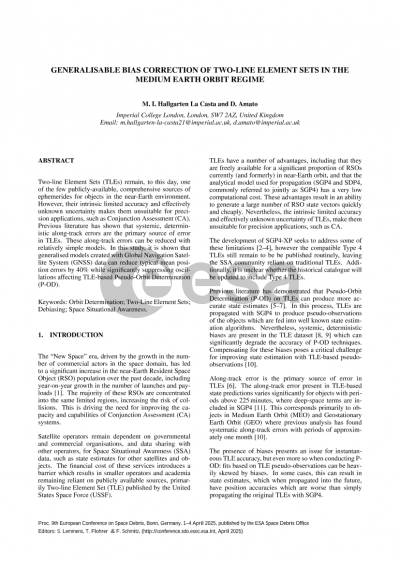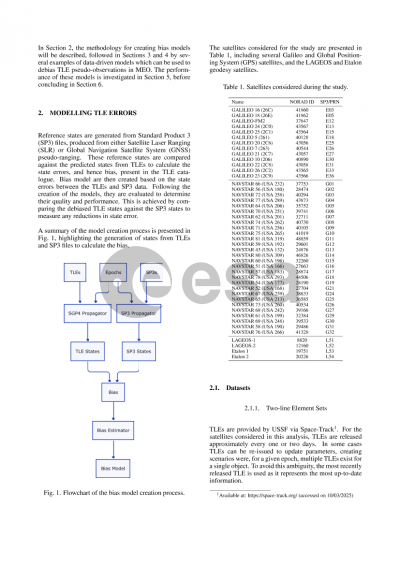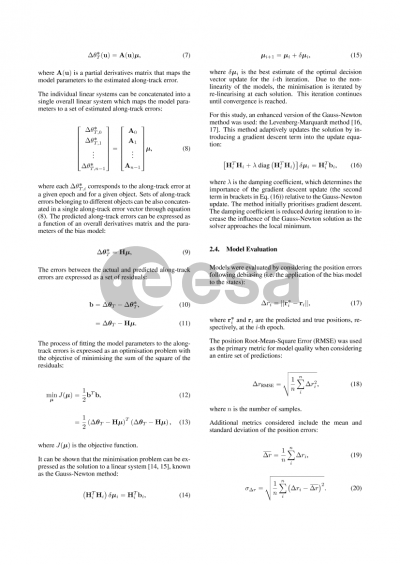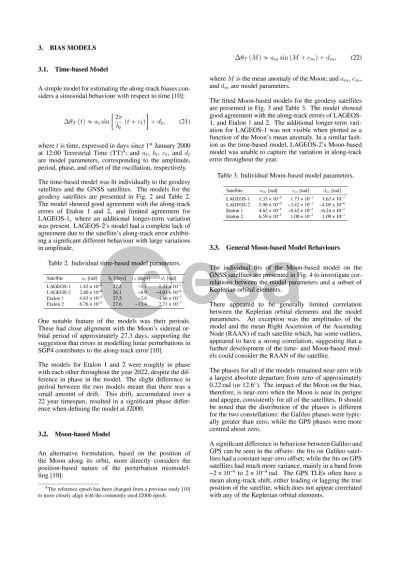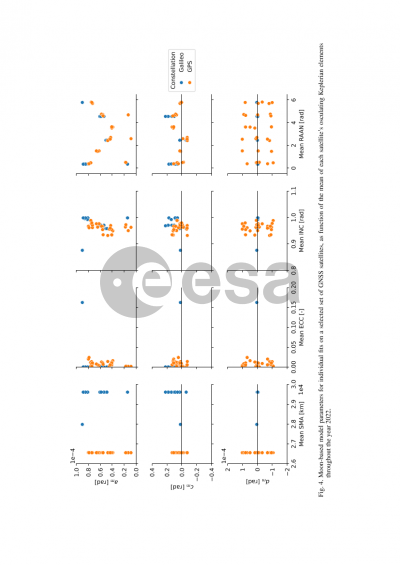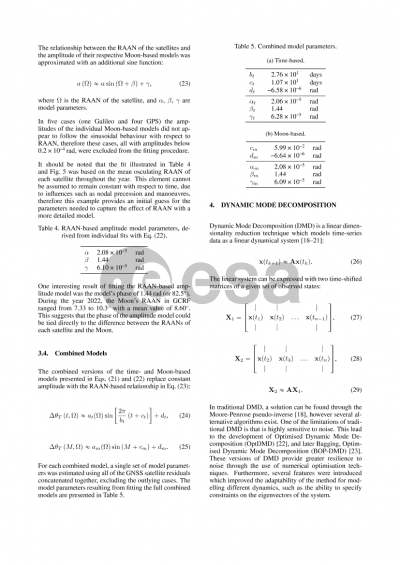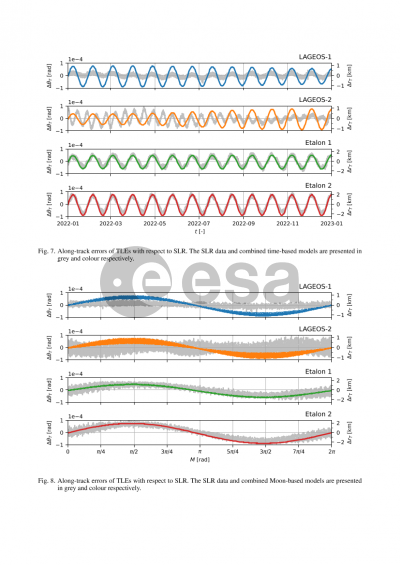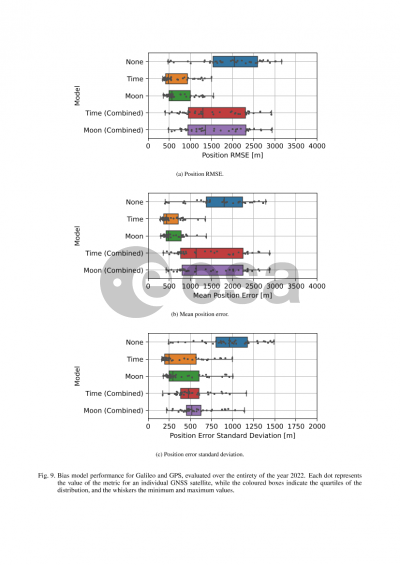Document details

Abstract
The increasing risk of collisions between Resident Space Objects (RSOs) highlights the crucial importance of conjunction analysis which is dependent on high accuracy and precision state estimates to remain effective. Although many operators have high precision ephemerides for their own fleets, they remain dependent on governmental and commercial Space Situational Awareness (SSA) organisations, and data sharing with other operators for state estimates of other objects. The cost of accessing high quality ephemerides is infeasible for smaller operators and academia, leaving them reliant on Two-line Element Sets (TLEs). Additionally, TLEs form an important SSA product for preliminary orbit determination conducted by commercial SSA data providers, government entities, and operators; and as an established metric of comparison for the validation of commercial SSA data.
TLEs are freely available for a sizeable proportion of the RSOs near Earth and, therefore, represent an invaluable source of data for state vectors. However, at the same time, it is well known that TLEs have poor accuracy which is left unquantified by the native format. SGP4, the underlying physical model used for TLEs, contributes to this inaccuracy due to its limited physical fidelity.
By combining the widespread availability of TLEs with higher fidelity physical models, orbit determination on TLEs (or pseudo-orbit determination) provides an opportunity to significantly improve state predictions for a greater number of RSOs. Previous literature has demonstrated that this can yield significant improvements in long-term state prediction accuracy. TLEs are propagated with SGP4 to produce pseudo-observations which are then processed with conventional state estimation techniques.
Significant systematic and deterministic biases in the along-track accuracy of deep-space TLEs (periods greater than 225 min) have been proven to exist. In a previous work, we have shown that these biases significantly degrade the accuracy of batch least squares fits, due to their systematic effect on the pseudo-observed states. The bias, and its variation, throughout a given fit window can have a significant impact on the quality of the fit. In some cases, this results in state predictions that are worse than simply using the original TLEs, hence negating the utility of the state estimation process.
In this work, we show that parameter selection for the batch least squares process itself can be used to minimise the impact of the along-track errors. By increasing the size of the fit window to the order of months, the mean bias of the pseudo-observations can be reduced, improving fit quality by an order of magnitude for bias-dominated solutions. Nevertheless, this method introduces a non-manoeuvre requirement throughout the entire fit window which severely restricts which objects can be processed; in addition, long windows of uninterrupted observations are required to eliminate the bias for every fit.
Alternatively, models can be used to debias TLEs without requiring extended fit windows. This has been demonstrated previously with both simple sinusoidal models and with more advanced machine learning techniques; however, past approaches required high-accuracy reference ephemerides and were limited to the objects used in a training set. Here, it is proposed that extended-window fits on non-manoeuvring objects, such as decommissioned satellites and spent rocket stages, can be used to produce reference solutions which can be used to create bias models to be applied to other objects in the catalogue, without the need for widespread high-accuracy ephemerides.
Preview
